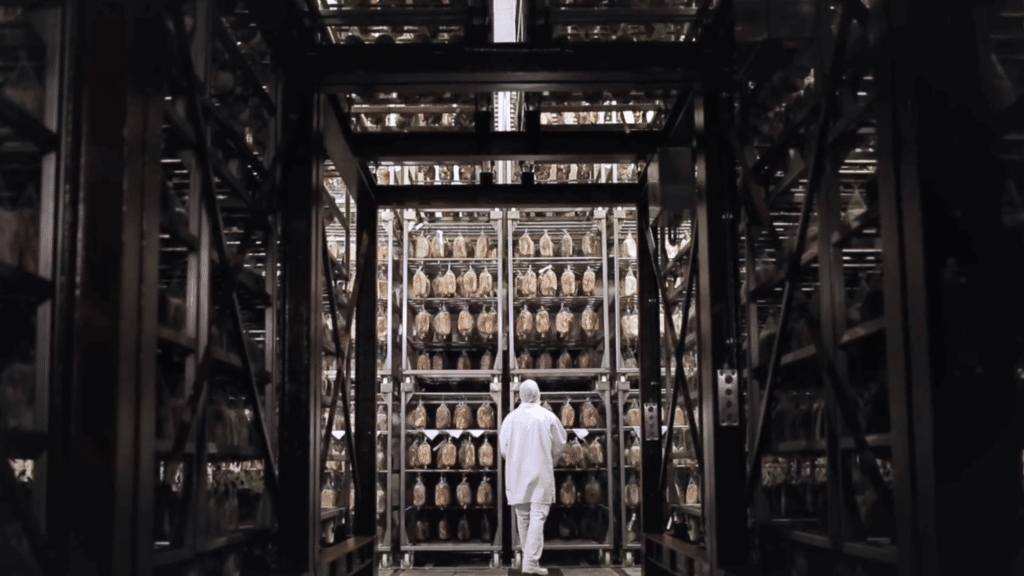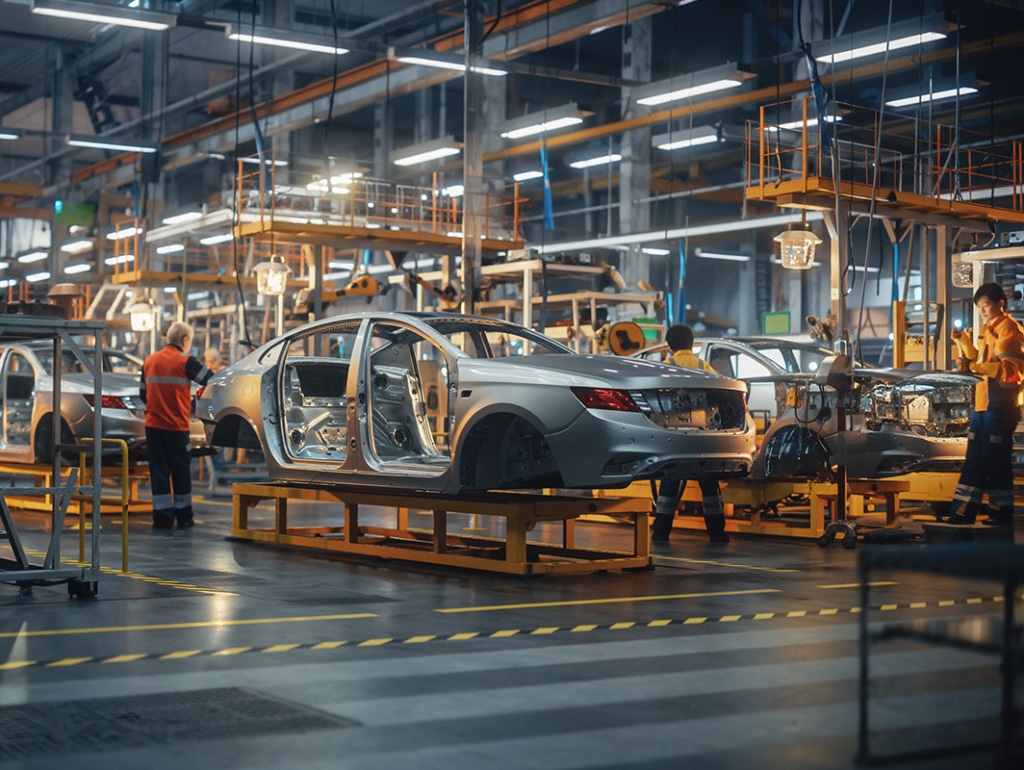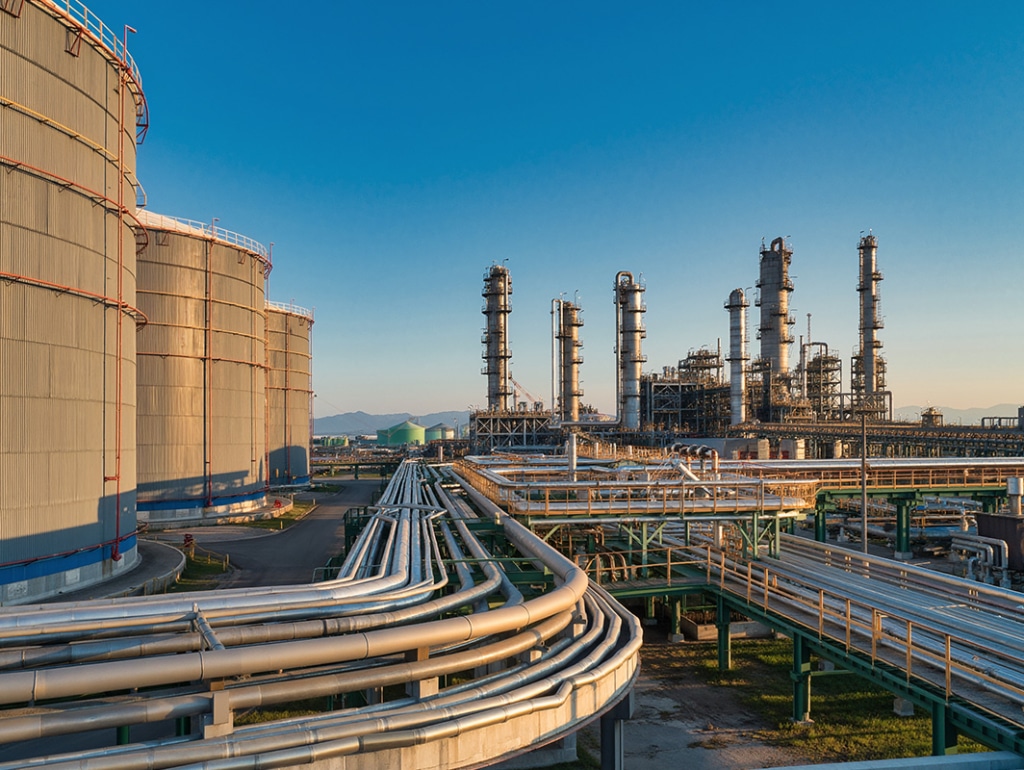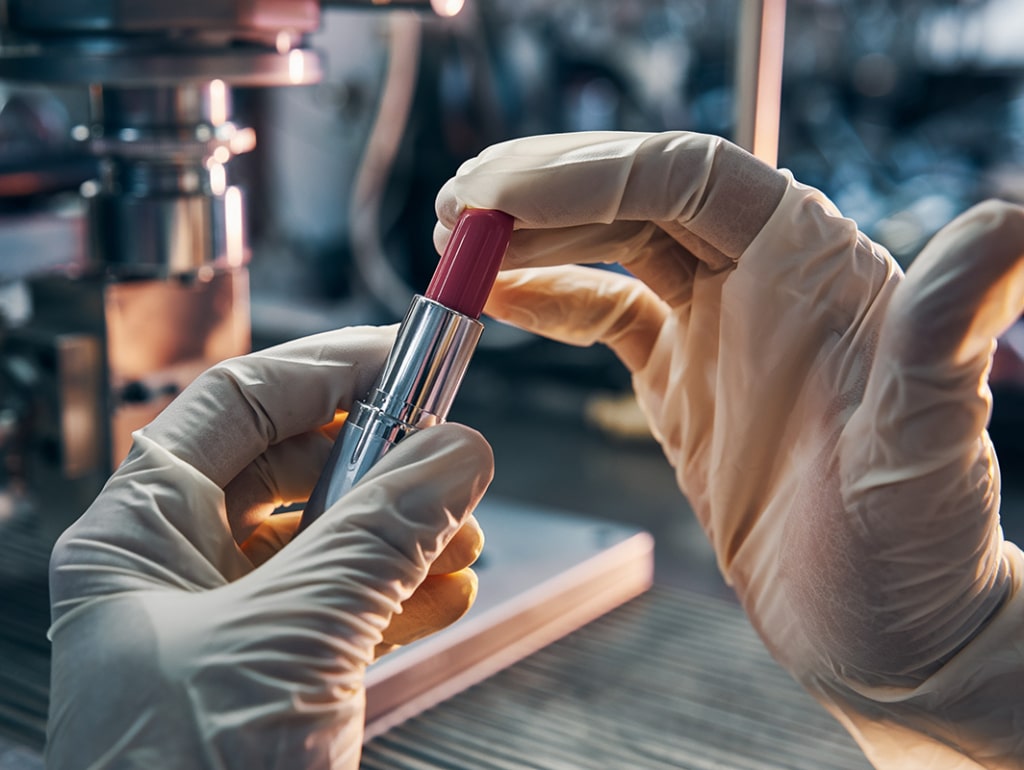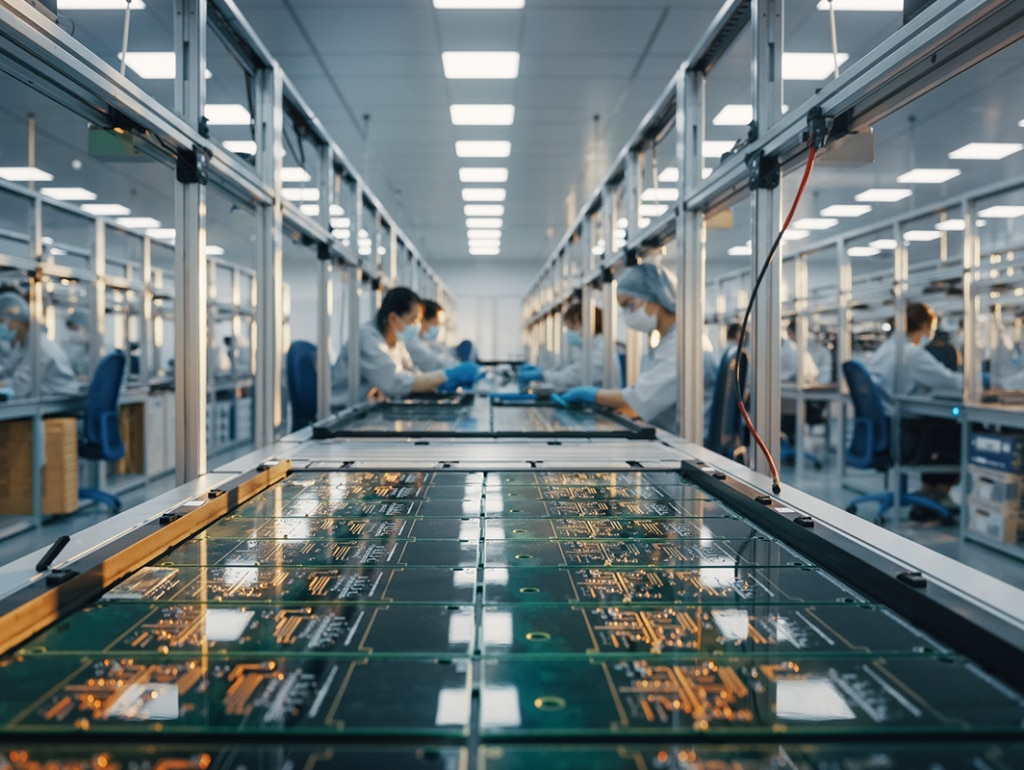Employees at the key facility
Transforming Wine Production Excellence Through Total Productive Maintenance
A wine producer faced the challenge of maintaining premium quality while managing rising costs across its operations. Together with EFESO, it implemented a comprehensive total productive maintenance program across bottling, cellar and support functions. This transformation engaged 76 employees in continuous improvement initiatives, creating sustainable operational excellence.

Our Client
The Italian company produces approximately 29 million bottles of wine annually across 37 labels, supplying 83 countries. It operates through 570 hectares of vineyards across estates in Italy, focusing on historic appellations including Chianti, Chianti Classico, Brunello di Montalcino, Prosecco and Pinot Grigio. Its key facility encompasses three production lines with varying capacities and complexity levels.
Countries supplied
Bottles produced annually
Hectares of vineyards


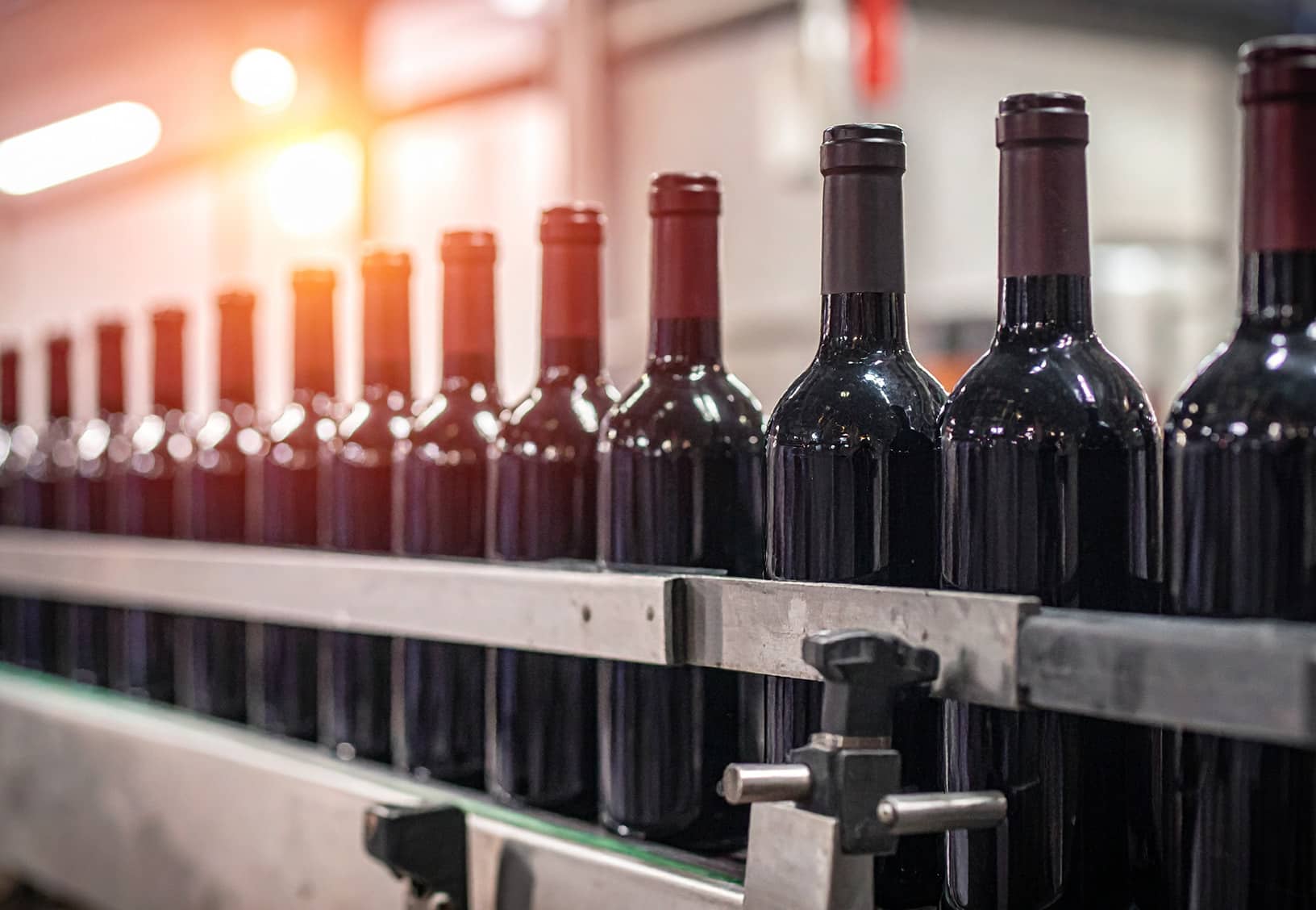
The Challenge
The company’s operations faced multiple pressures requiring systematic transformation to maintain the company’s position as a premium wine producer:
- Production efficiency constraints: Line 1 operated at low utilization with aging technology, while line 2’s younger technology potential remained underutilized, creating inefficiencies across the bottling department
- Quality and compliance pressures: Managing food safety requirements had to be balanced against maintaining premium quality standards and reducing microbiological contaminations while operating without structured preventive maintenance systems
- Organizational transformation needs: To move from reactive maintenance to a preventive approach the company had to overcome consolidated habits in a low-turnover environment and to build cross-functional collaboration, without having an established continuous improvement culture
Real Results Achieved Together
The total productive maintenance implementation transformed the company's operations across all production areas, including a sixty-five percent decrease in complaints. Working alongside the company’s teams, we established systematic approaches to maintenance, quality control and continuous improvement that delivered measurable operational excellence.
Reduction in breakdowns
Annual cost savings
Reduction in sludge disposals
Transformation Impact
- Achieved factory efficiency improvement from baseline to current performance through systematic loss elimination
- Recovered and treated additional water resources through optimized wastewater treatment processes
- Created safer workplace environment with significant reductions in unsafe conditions and near-miss incidents

Our Approach
The transformation began with establishing eight TPM pillars: focused improvement, autonomous maintenance, professional maintenance, quality maintenance, early equipment management, training & education, lean office and safety, health & environment. Each pillar team included cross-functional members from production, maintenance, quality, and support functions.
We implemented structured daily performance control system meetings, weekly production-service meetings, and quarterly steering committee reviews. The approach emphasized knowledge transfer through one point lessons and standard operating procedures, with operators trained in autonomous maintenance activities.
Teams applied systematic problem-solving tools including 5 whys analysis, Ishikawa diagrams and Kaizen methodologies. The manufacturing execution system implementation enabled automatic data collection for micro-stops and breakdowns, providing real-time visibility for continuous improvement.



Facing Similar Production Excellence Challenges?
- Struggling to balance quality requirements with production efficiency and rising operational costs
- Seeking to transform reactive maintenance into preventive excellence while engaging your workforce
- Ready to build sustainable operational improvements through systematic continuous improvement culture


